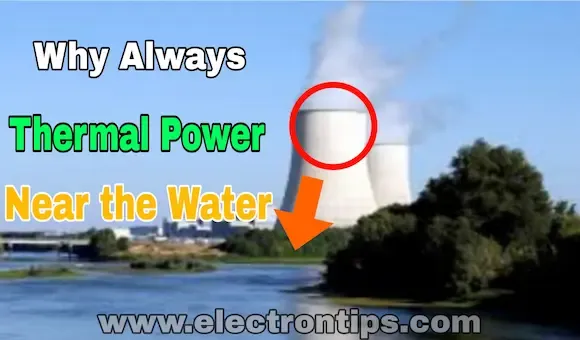 |
| Why Always Thermal power plants near water sources |
Why do we build thermal power plants near water sources ( rivers, lakes)
Nuclear power plants are among the most commonly used methods for generating electricity, providing approximately 13% of the world's electricity needs. However, a controversial aspect is that these plants are often located near valleys and rivers. So, what is the reason behind constructing nuclear power plants close to water sources?
Reasons for Building Nuclear Power Plants Near Rivers :
One of the primary reasons for placing nuclear power plants near rivers is their massive water requirement. Water is essential for generating steam, which drives steam turbines to produce electricity. Additionally, it plays a crucial role in cooling nuclear reactors.
The presence of a stable water supply ensures an efficient cooling process for various reactor and plant components. This helps prevent overheating risks, enhances operational safety, and ensures the reliable functioning of the power plant.
Thermal Power Structure:
 |
| Nuclear system |
Nuclear plants (as well as all thermal generation plants such as coal) need a lot of cooling. They work by using the heat to turn high pressure water to high pressure steam, which runs through a turbine to power an electric generator. The steam exhaust from the turbine must then be condensed so that it can again be pumped up to a high pressure and restart the cycle. It is this condensing that requires a lot of cooling water.
